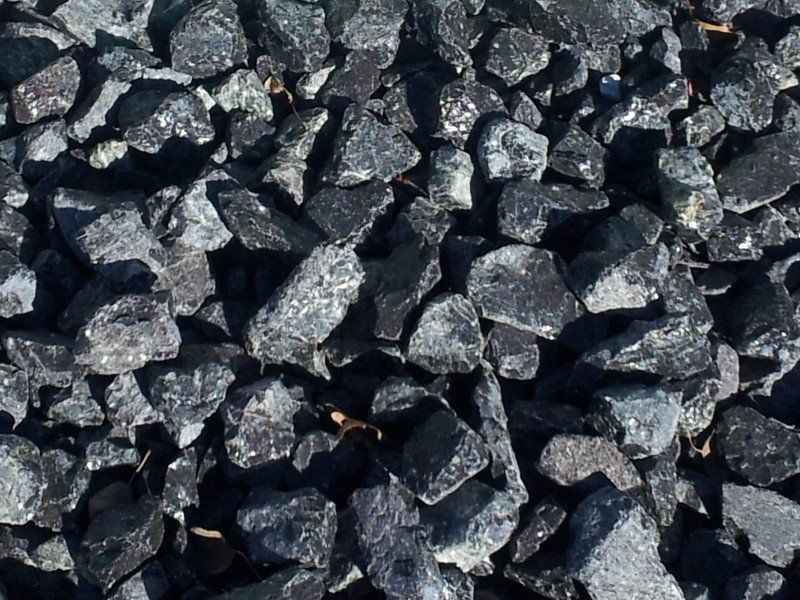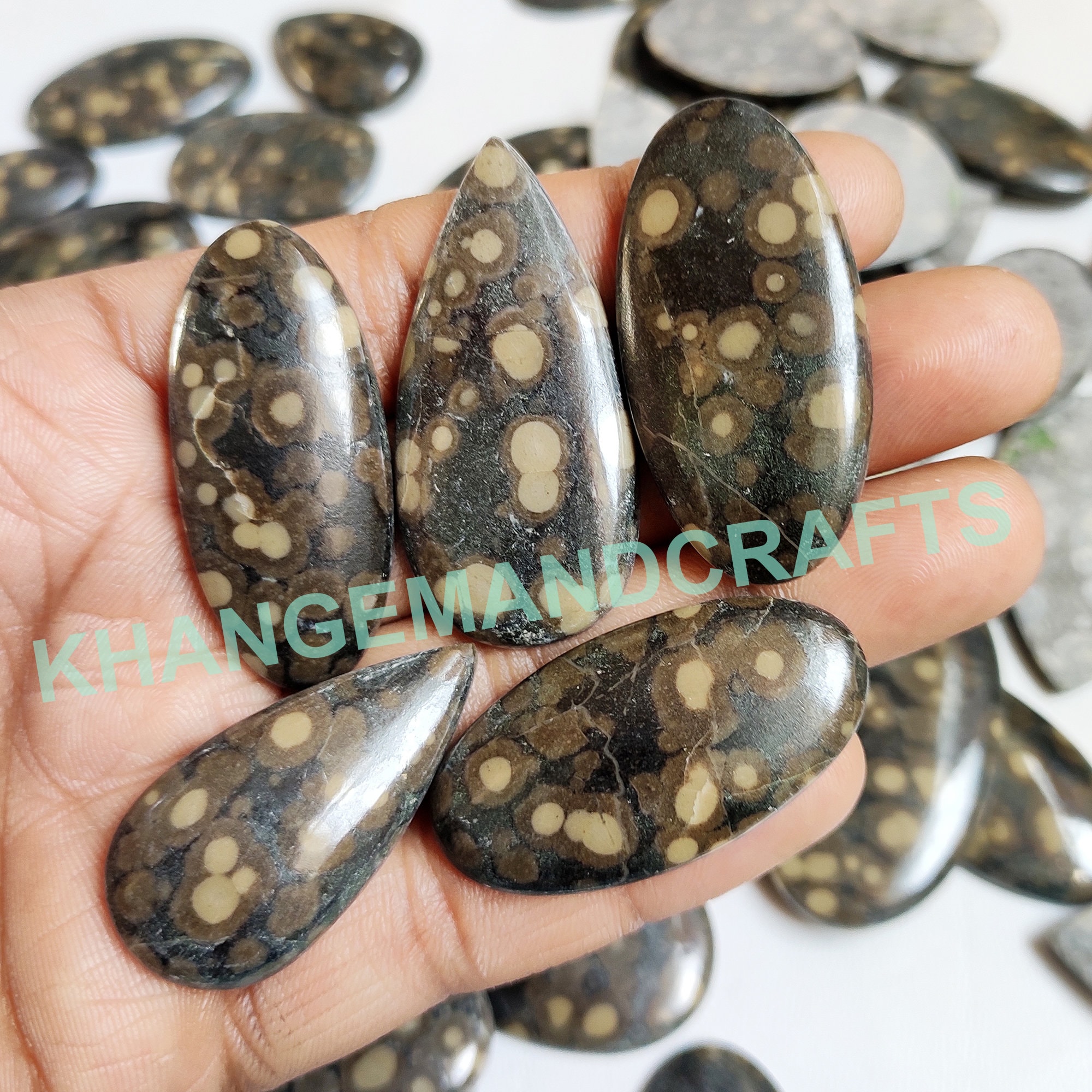
This is normal and will clear up in a day or so. Tiny sand-coated air bubbles may form until the sand is completed wetted. The sand needs to be rinsed and then allowed to get fully wet in the aquarium. The only complaint about this substrate is from first-time sand users. If you like the look of black sand in a reef, you’ll have no problems with this substrate. You’ll have to use a cichlid buffer to raise the pH for Africans.īut is it reef safe? Yes! Reef aquarists have had very good success using Imagitarium in nano and pico reef aquariums. This sand can be used with African cichlids, but it won’t raise or buffer the pH. This is a plus, proving the sand is inert and won’t change the parameters in your aquarium.

There have been no reports of the sand altering water hardness, alkalinity or pH. Soft-bellied tropicals, like loaches and Corys will be able to rest on the sand without scratching their skin. Fan shrimp will have no problem walking around of a bed of this sand. The sand is smooth and easily sifted by Amano, cherry and other clawed shrimp. Imagitarium black sand is ideal for freshwater shrimp tanks. Specialty sand will raise the pH and are best suited for African cichlid aquariums. Some sands are pH neutral, having no effect on water chemistry. In low-oxygen conditions plant nutrients, especially trace elements, are transformed into a form that plants can take in through the roots. Live plants also thrive in the low-oxygen conditions in a sandy substrate. The nutrients will tend to stay in the sand bed and not dissolve into the aquarium water and stimulate algae growth. This is ideal when adding solid fertilizers around plant roots.

The tightly packed grains don’t allow a lot of water flow through the substrate. The tiny grains surround the roots and anchor the plants. Live plants seem to do best with a sand-like substrate. If you want your tank to look more natural, sand is the way to go.

Others like to excavate a “nest” for egg-laying. Some species will grab mouthfuls of sand, sifting it for food. Also known as oolitic sand, the sugar-sized round grains of this sand pass easily. So, it won’t change an important parameter of water in your tank. Meaning, that it’s neither alkaline nor acidic. It can also be used for saltwater fish tank since its pH is neutral. Many tropical fish like to rest on the smooth sand. The best aquarium sand, especially for a freshwater fish or plant tank, is the Super Natural Moonlight Sand from Carib Sea. Tropical rivers, lakes and streams normally have a sandy bottom consisting of fine sand. We always recommend getting a little extra sand to make sure you have enough on hand when you are filling your tank.Many freshwater aquarists like the look of a small-sized substrate. Results may vary depending on the aquascaping in your tank, overflow styles, and the specific tank manufacturer. Sand that will be used for filtration or refugium, we suggest using smaller particles that will give bacteria more surface area to grow and thrive on.īRS suggests 1 pound of sand per 2 gallons of display tank volume on average.īelow is a table of common tank sizes and how many pounds of Oolite Sand is required to achieve a certain depth. Will it be for a refugium or deep sandbed? Fish and invertebrates that like to burrow or sift through the sand will do best with smaller particle sizes. Many species do require particular types of sand, like gobies, jawfish, and wrasses. What kind of inhabitants will you be keeping? Smaller particles can be blown around easily.

Selecting the right sand: When choosing the right sand for your tank, it is important to keep a few things in mind.Īquariums with high amounts of water movement will require sand with a larger grain size. Contains live bacteria to assist with a faster cycle.Arag-Alive sands clear quickly and contain millions of live bacteria, speeding up your tanks cycle and leading to less nuisance algae. Caribsea’s Arag-Alive! Live Reef Sand is a great choice for new aquarists and new reef tank setups.


 0 kommentar(er)
0 kommentar(er)
